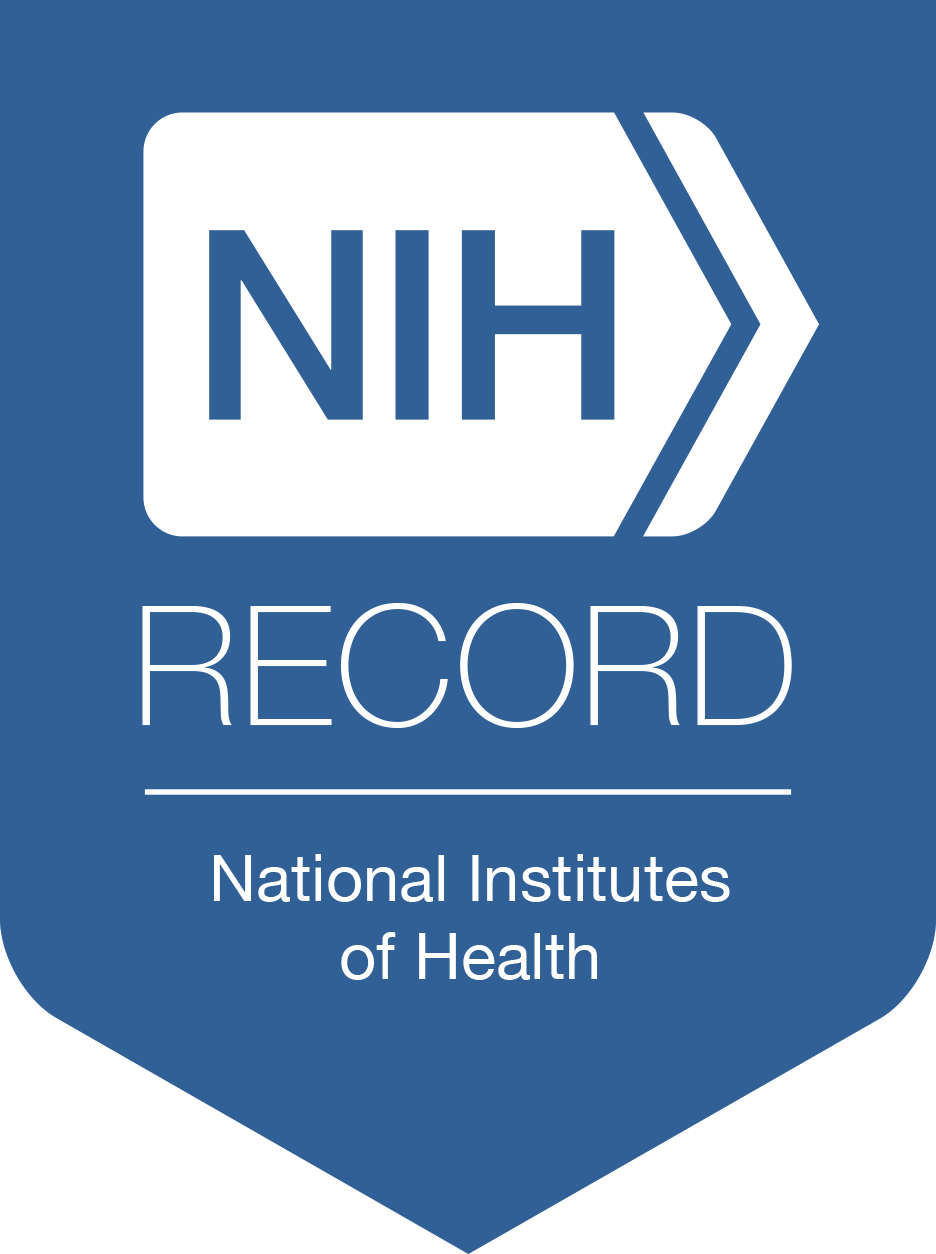NIH Study Reveals How Inflammation Makes Touch Painful

Photo: adriaticfoto/shutterstock
Researchers at NIH have discovered clues about how our bodies turn sensations such as heat and touch into signals sent to the brain—and how these signals can be altered by inflammation to drive pain.
The research focuses on the nerve cells in the skin that help detect the location, intensity and emotional quality of touch, known as somatosensory neurons. By combining advanced imaging techniques with detailed molecular analysis, the researchers explored how heat and touch activate different types of receptor cells in mice.
The research revealed how different types of cells were “called into action” depending on whether the stimulus was innocuous, such as gentle warmth or touch, or noxious, meaning a stimulus strong enough to potentially cause damage to normal tissue. For example, heat and gentle touch were transmitted by entirely different types of cells.
Researchers know inflammation is linked to pain, but don’t yet understand what is happening on the cellular and molecular levels. In their experiments, researchers injected prostaglandin E2 into the skin, a molecule that causes inflammation and drives pain. With the inflammatory response set into motion, researchers found that certain neurons used for signaling pain (nociceptors) became active and sensitized to heat for a long duration, demonstrating the cellular processes at play.
The study found that inflammation-related hypersensitivity to touch, known as tactile allodynia, was caused by the ongoing nociceptor activity induced by inflammation superimposed on the normal sensation of touch.
The research is part of a long-term collaboration between NIH groups. Together these labs conduct basic research focusing on how sensory input is detected and processed by the brain to evoke specific behaviors.
